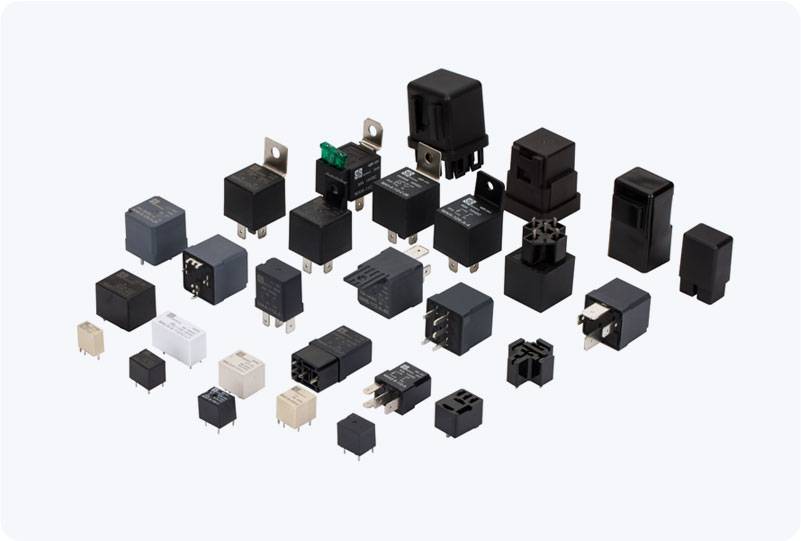Telecommunication systems are the backbone of modern communication, enabling everything from personal phone calls to global data transmission. One of the key components ensuring the efficiency and reliability of these systems is the telecommunication relay. Although they often work behind the scenes, telecommunication relays play a critical role in ensuring smooth and uninterrupted service. This article will delve into the importance of telecommunication relays, their types, and their applications in communication networks.

What is a Telecommunication Relay? A telecommunication relay is an electronic device used to control, amplify, or switch telecommunication signals. Essentially, it functions as an intermediary between two circuits, managing the flow of data and ensuring that signals reach their destination. The relay serves as a signal switch or amplifier, enhancing the system’s overall performance. Depending on the need, relays can either amplify weak signals, protect equipment, or automate the switching between communication channels. Types of Telecommunication Relays There are various types of relays, each designed to meet specific needs in a telecommunication environment: